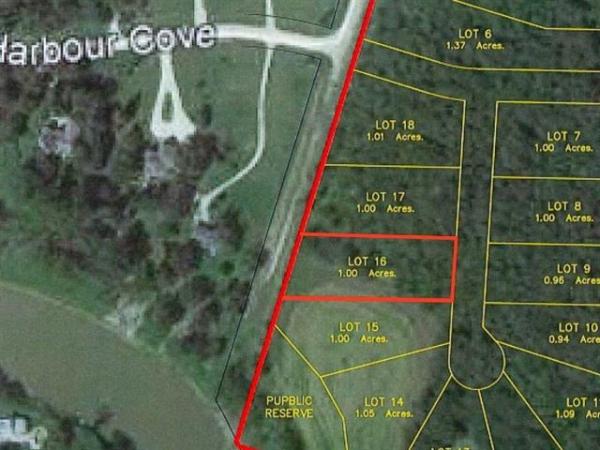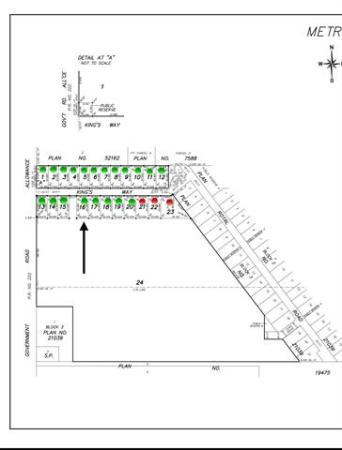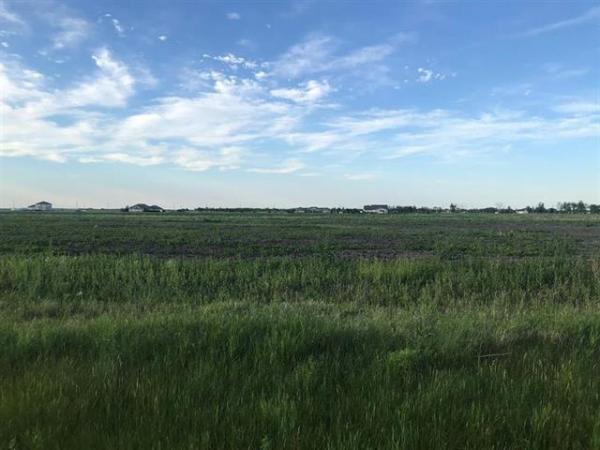The second wave of information from the 2011 Census of Canada was recently released. This provided information on trends in population by age, which proved to be vital information for the housing sector.
In 2001, Canada's median population age was 37.6 years. In 2006, it was
39.5 years. In 2011, this increased over a full year to 40.6 years. Canada's declining death rate for those beyond 65 coupled with the progressive aging of our baby boom population accounted for this increase in average age.
At a median surpassing 40 years, Canada is one of the ""countries in the world. Only a handful of countries, including Japan, Spain, England, most of the Scandinavian countries and a smattering throughout Europe can boast life longevity as high as ours.
From 2006-2011, Canada's population grew by 370,000 and increased in all age categories except for the 35-44 group. What does all of this mean for housing?
Ownership percentages increase by age group as income becomes more solidified. The under 25 age group generally has very low home ownership percentages. The percentage increases significantly in the 25-34 age bracket and then increases sharply again in the 35-44 age bracket.
All age groups above 44 still indicate an increase in ownership, but the percentages do not increase as rapidly. A slight degree of concern arises nationally with the recent decrease in the 35-44 age group.
New-home buying rates indicate the rate by which households purchase newly built homes. The older the household, the less mobile they tend to be and therefore the less likely they are to buy a new home.
However, the concept of downsizing after empty nesting continues to stimulate the new home industry in spite of increasing household age.
National statistics do not always reflect regional patterns. However, it is always sage advice to heed these signs in our planning. In this manner, we can continue to grow and prosper at a reasonable rate in Manitoba.
Mike Moore is president of the Manitoba Home Builders' Association.



